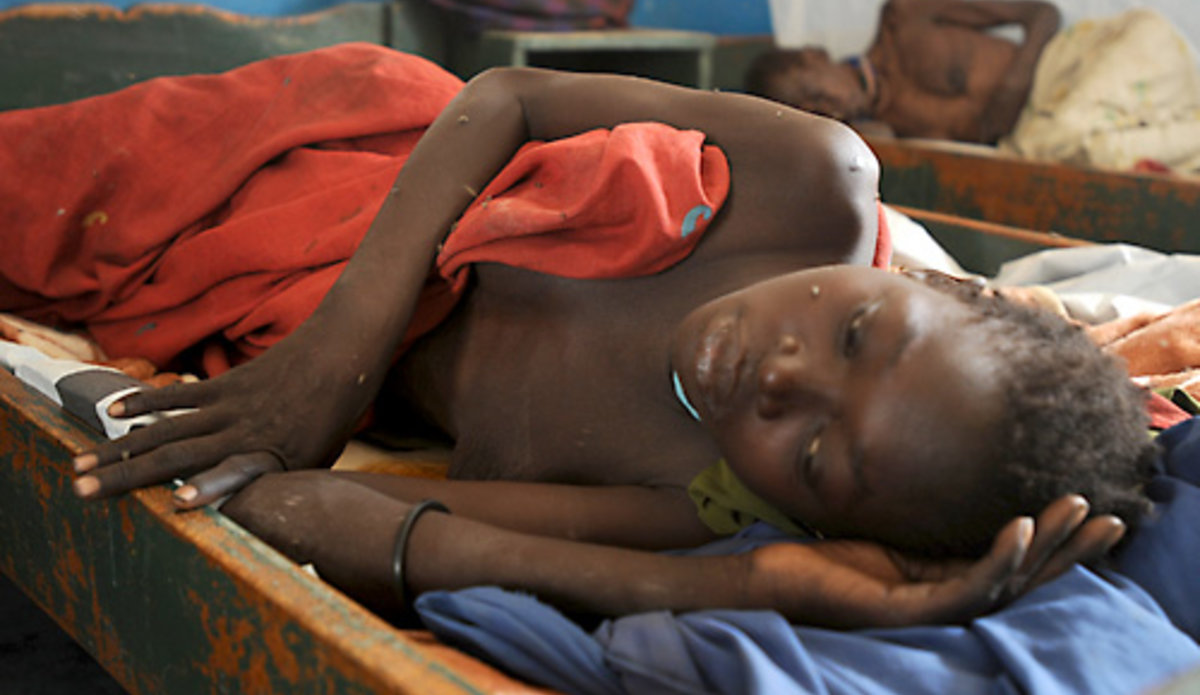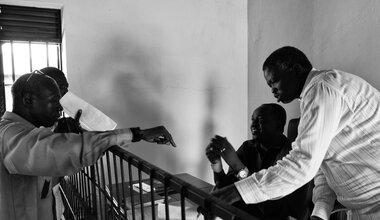UNMISS evacuating casualties in Jonglei
25 January 2012 – Two weeks after Lou Nuer youth withdrew from the Murle area of Jonglei State following heavy fighting there, UNMISS peacekeepers are continuing to evacuate casualties.
It is estimated that over 6,000 armed Lou Nuer attacked Pibor County – a native area of the Murle people -- on 23 December 2011, and then withdrew completely on 14 January.
"We have extended our air patrol to Likwangule and Gumuruk areas with the aim of identifying wounded people that are still in the bush but alive, so that we can airlift them to the hospital in Pibor," said Major Mutapa of the UNMISS Indian contingent.
The air exercise is supported by a ground patrol conducted by Pibor County authorities.
"We have sent people deep into the bush to look for wounded people," said Pibor County Commissioner Brigadier General Joshua Kony. "We have also created ... camps in the bush, where those wounded people that are found can be assembled together to be airlifted by UNMISS helicopters."
Karel Janssen, field coordinator of MSF-Belgium, which manages the hospital in Pibor town, said that at least 35 wounded people had been brought to the facility and the critically injured referred to Juba for further treatment.
Apart from casualties, UNICEF and Save the Children have so far registered about 100 unaccompanied or missing children.
But calm has returned to Pibor County, life is gradually returning to normal and people are coming back on a daily basis.
Daily food distribution is also ongoing. The World Food Programme stated that about 600 metric tons of food had been distributed to internally displaced people in Pibor town. The UN estimates that about 120,000 people have been affected by the violence.
Inter-communal fighting, which intensified in 2009 due to availability of arms in the hands of civilians, has tarnished the image of Jonglei State as a violent one.
Authorities are proposing to create a buffer zone between communities in the state, followed by reconciliation and disarmament of civilians.
Jonglei State, which is about the size of Bangladesh, is the largest of South Sudan's 10 states in terms of population and landscape.
 UN
UN United Nations Peacekeeping
United Nations Peacekeeping





